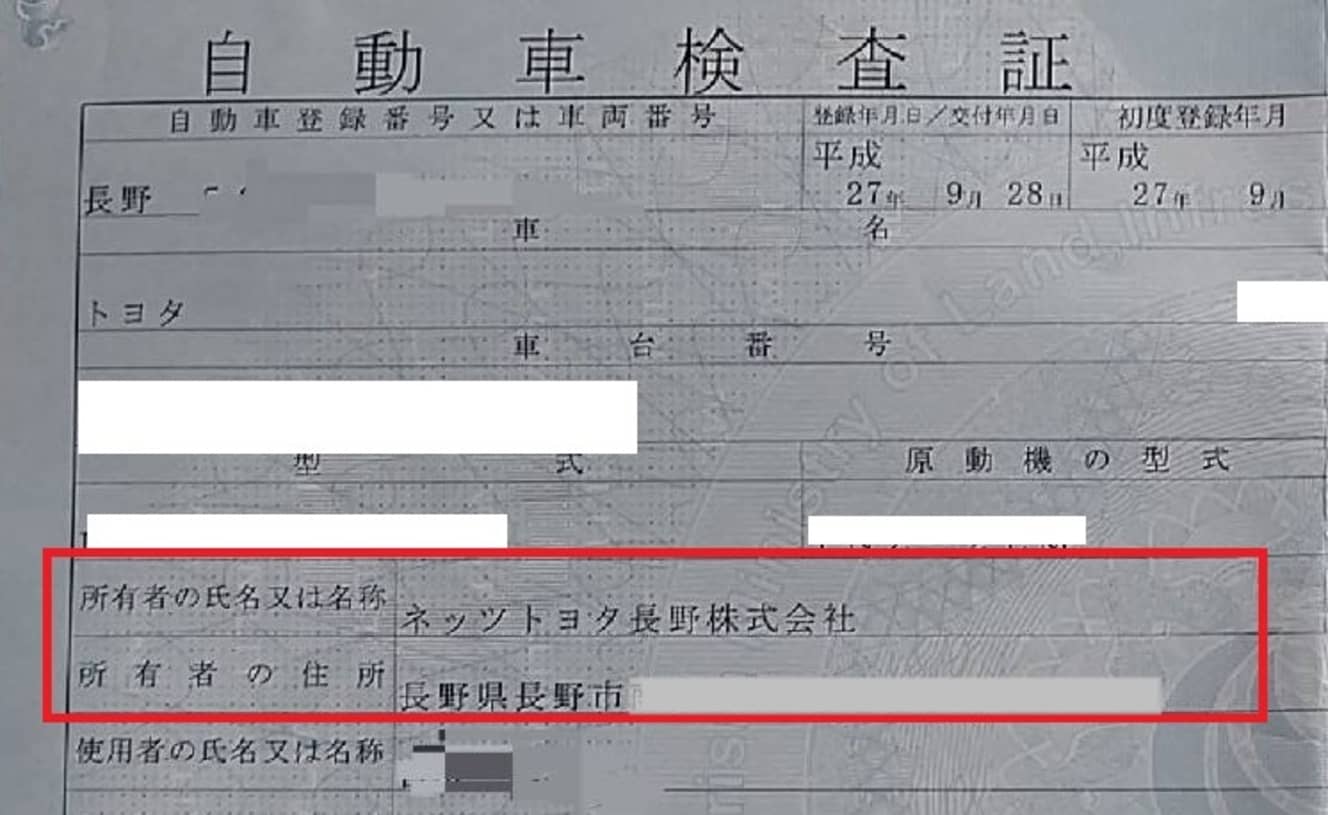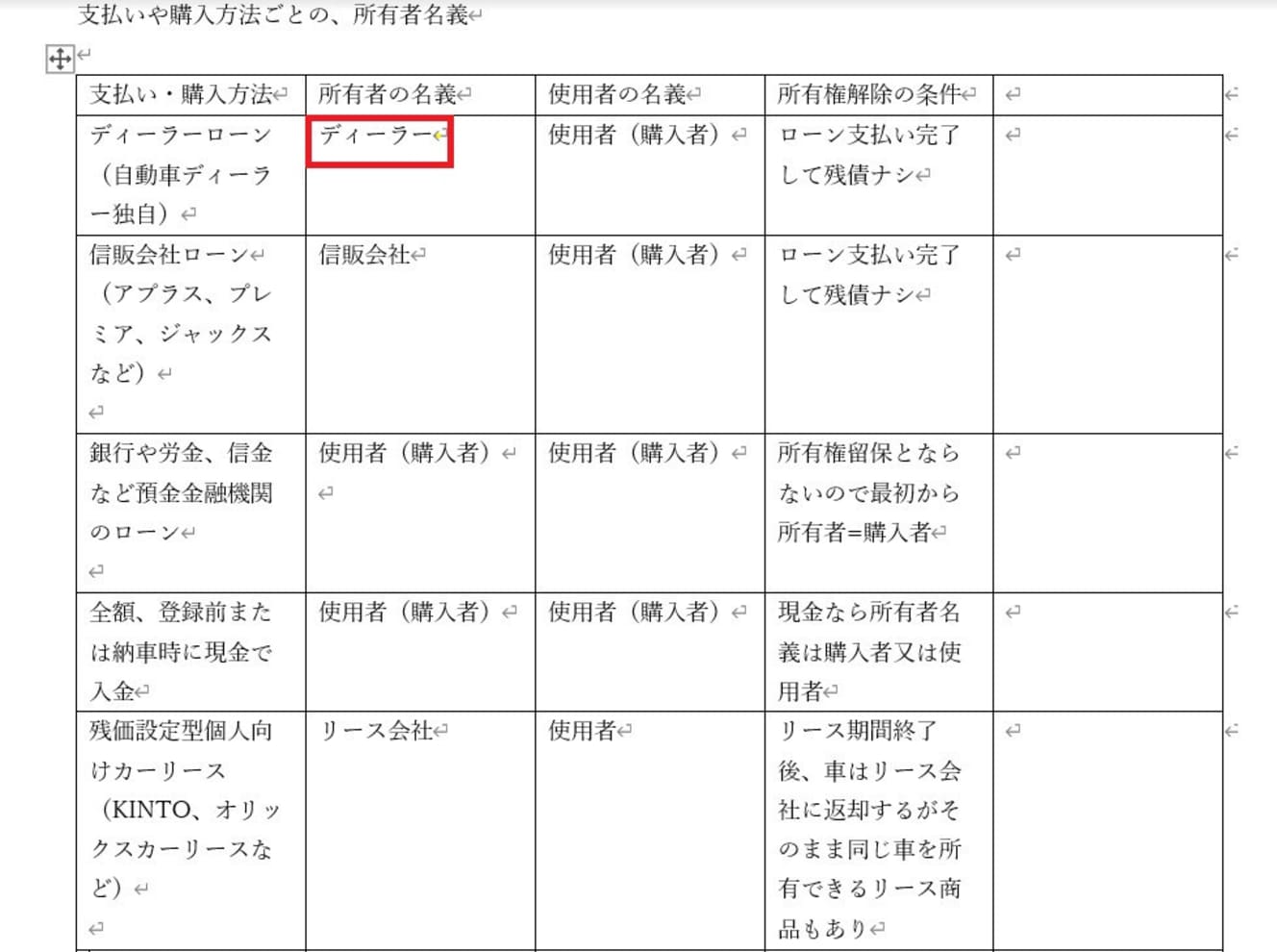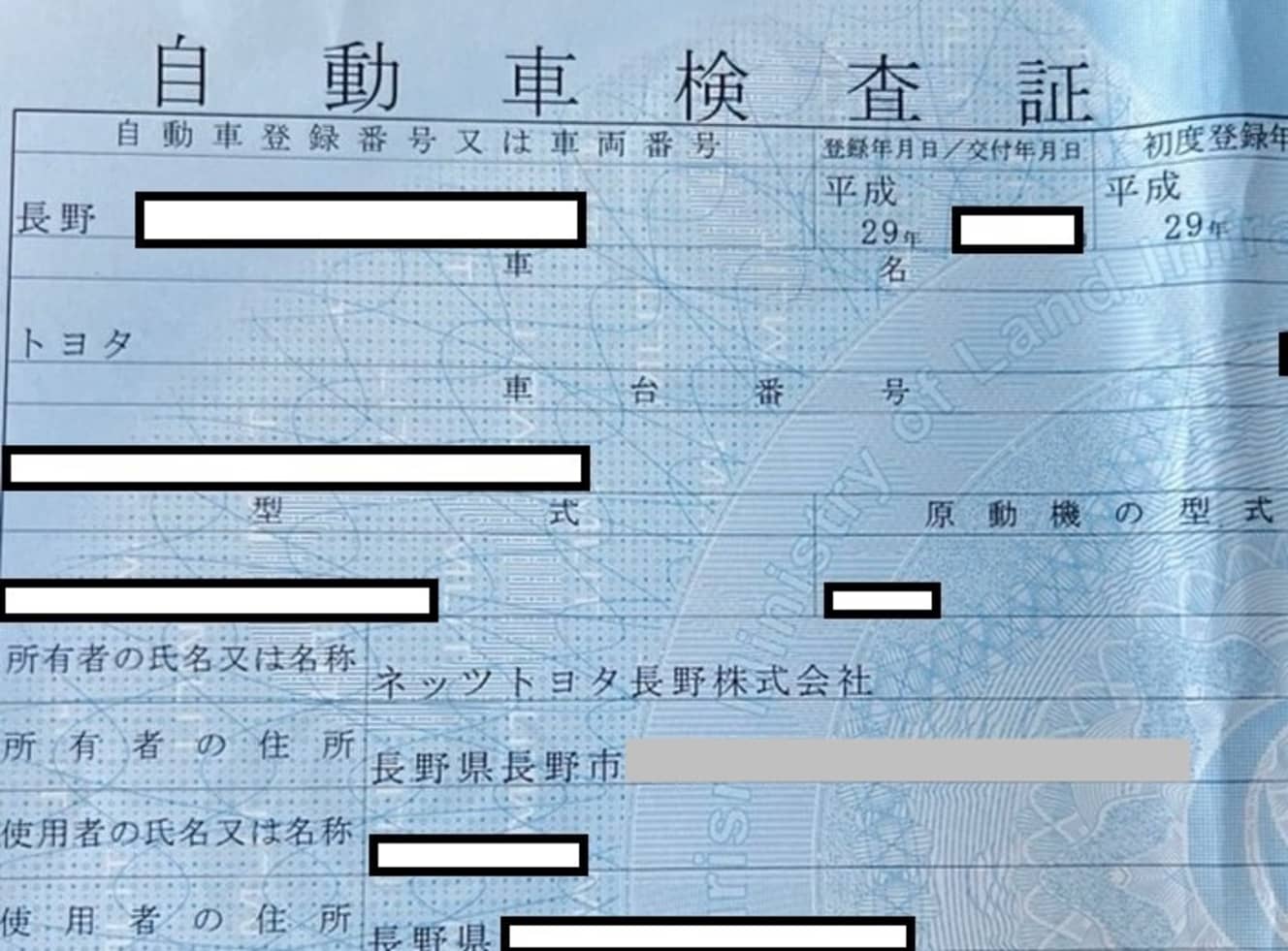Finally, a raid! “New suspicions” emerged in the issue of 400-million-grade car delivery trouble
On the evening of February 8, Nagano Prefectural Police began investigating the car dealership "Dunamis Racing".
A car dealership in Nagano City, Nagano Prefecture, called “Dunamis Racing” has been failing to deliver new cars to customers who paid for them for more than two years, and few refunds have been made. While the owner of the company, President O, has been “missing,” the Nagano Prefectural Police have begun to move in earnest, raiding the company. Attention is now focused on whether or not a case will be made in the future.
For more information about the problems at the dealership and President O’s insincere attitude toward his customers, please refer to the article “400 Million Yen? As we reported in our January 27th article, “The President in the middle of the unprecedented car delivery trouble”, we obtained a line from him.
Now, a new problem has surfaced based on the testimony of a purchaser. When we checked the vehicle inspection certificate of the customer who had taken delivery of the car from the company, we found that the name of the “owner” on the certificate was not that of the buyer, but that of the dealer.
What’s more, if the car dealer (hereinafter referred to as “motor store”) or the dealer who sold the car goes bankrupt for some reason, depending on the intention of the creditor, the customer who bought the car may be pulled out. This is despite the fact that the customer has no responsibility whatsoever.

Why was the ownership in the dealership?
Mr. A, who purchased the car from Dunamis, revealed, “I didn’t notice it for several years after I bought it.
I didn’t notice it for a few years after I bought it, but when my car insurance agent pointed it out to me, I found out that the owner’s name on the car registration card was not my name but the dealer’s name. I wondered why, when I bought the car with cash. I wondered, so I asked President O. I told him that it was obviously not right, and that I wanted it put back in my name. He told me that it would take a lot of time and effort to put it back into my name, and that it would cost me 30,000 yen. It was ridiculous and I gave up.
It is said that no less than 100 people have complained of “damage” and that the total amount of damage may be in the range of 400 million yen. Let’s think about the cause of this trouble by replacing it with a typical car buying process.
First, when Mr. X buys a new car, he buys it from a motor shop, which orders the car from a dealer and sells it to him. At this time, if Mr. X purchases the car with a lump sum of cash, the owner’s name on the vehicle inspection certificate will be in his name as a general rule.
However, if Mr. X purchased the car by taking out a loan with a dealer or consumer credit company, the owner will remain in the name of the dealer or consumer credit company until the remaining balance is zero. This is called “reservation of ownership. In this case, Mr. X becomes the “user” of the car.
The owner is literally “the person who owns the car,” and has all the rights related to the car. The owner is free to sell the car to someone else, or change the name of the car to someone else’s name. On the other hand, the “user” is just a user of the car; as long as Mr. X is in the position of “user,” he cannot have the right to sell or change the name of the car to someone else; he is just a person who is allowed to use the car.
In this case, if the motor shop or dealership goes bankrupt for any reason, the creditor can also pull the user’s car out of its home. In other words, Mr. X’s car could suddenly be taken away from him. Again, the “user” does not have the right of ownership, so even if they went to court, they would lose easily. That is how important “ownership” is.
This is where the problem with Dunamis comes in.
In the case of Mr. A mentioned above, he did not take out a loan, but purchased the property in full in cash. In such a case, the owner of the car would normally be Mr. A. However, the owner’s name on Mr. A’s vehicle inspection certificate is listed as the dealer…. Moreover, when Mr. A asked President O for advice on how to return the car to its original name, he was asked to pay a fee of 30,000 yen.
Another purchaser, Mr. B, said, “I am the same as Mr. A.
When I asked President O for an explanation after I found out that the name on the vehicle inspection certificate was not mine but the dealer’s, he told me, ‘It will be easier for you to sell the car in the future if you put it in the dealer’s name because you don’t need to issue a certificate of registered seal or a letter of attorney. I was told.
It is true that there is no charge for the procedure if the dealer does it on your behalf, but even if the person who bought the car does it himself, he only has to pay a few hundred yen for the stamp.
Why don’t dealers dare to point out to purchasers that the name of the vehicle is in the dealer’s name, not the purchaser’s, and that there is actually not much difference if the dealer does the procedures on behalf of the purchaser? This is just one way of looking at it, but some say it is because there are advantages for the dealer as well.
A former salesman of a dealership said, “This is just one way of looking at it, but there are cases where there is ‘bad business practice’ in not putting the car back in the customer’s name,” explaining his own experience.
“Normally, vehicle inspections and insurance are left to the dealer. This means that the general public does not have many opportunities to look at the vehicle inspection certificate. Even if they do, most of them probably don’t have any doubts about the fact that the owner’s name is the dealer.
So why don’t dealers put the name of the vehicle in the customer’s name? Actually, there is a “tasty profit” for the dealer.
For example, when Mr. C, who has had his Toyota Vitz for 10 years, wants to buy a new Prius and sells his Vitz to a used car dealer or buyer, he needs the data from the vehicle inspection certificate. However, if the name of the car was in the dealer’s name when Mr. C bought it, the buyer will contact the dealer who is the owner. This is to release the ownership and change the name.
The dealer will then get to know that “Mr. C is going to sell the Vitz and buy a new car. The dealer immediately contacted Mr. C and said, “Please let us trade in that car. And we’ll give you a discount on your next car, so please come to us! If you do this, you can “intercept” the deal from the used car dealer or buyer that Mr. C tried to sell the car to. In fact, I’ve done it a few times myself.
Even if the buyer realizes that something is wrong and asks to regain ownership, it is not an easy thing to do. In some cases, they receive various free services and rewards and keep the dealership as the owner.
Since compliance is becoming stricter nowadays, many customers who purchase a car with a lump-sum cash payment are asked to choose whether they want the dealer or the customer to retain ownership. However, it seems there are still areas where this remains customary.”
When the author conducted research based on feedback from buyers from Dunamis Racing, it was mostly Toyota dealers in Nagano Prefecture that put the title in the dealer’s name. When I asked Toyota Motor Corporation’s Public Relations Department about their rules, I received the following response.
For vehicles that we request not to be resold or exported overseas, such as the Land Cruiser 300, we always ask for the customer’s consent to attach the dealer’s ownership to the vehicle for one year after purchase, whether it is paid for in cash or in installments.
However, other than that, in the case of a car purchased in cash in full, the ownership is in the name of the customer as a general rule. As a case in point, I have heard that in some areas, for customers who feel inconvenienced by registration procedures, we suggest that the car be registered in the dealer’s name or in the customer’s name.
Although there are certain standards, it does not mean that “anything other than those standards will not be accepted,” and it is clear that the procedure is carried out on a case-by-case basis. Nevertheless, from the totality of the purchasers’ stories, it can be said that the “root of it all” is that Dunamis Racing’s methods were too aggressive.
Did Dunamis Racing have no choice but to keep writing the dealer’s name in order to keep the dealer connected? On the other hand, from the standpoint of the dealers, who didn’t know when the payments from President O, who was having a hard time managing his business, would stop, the fact that they had ownership of the car was their “collateral” against Dunamis Racing.
In any case, there is no consideration for the intentions of the victims and the buyers who paid for the car. Unfortunately, car sales companies and dealers do not take care of the buyer from one to 100. In the end, we have to protect ourselves by ourselves.
Owner’s name by payment method and purchase method



Interview and text by: Kumiko Kato
